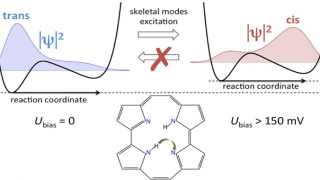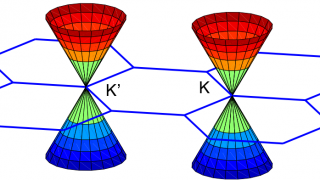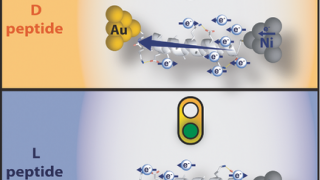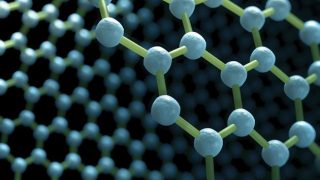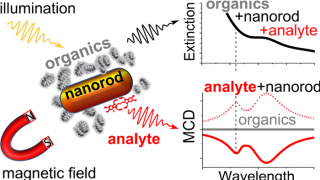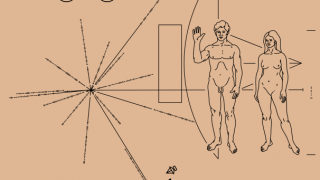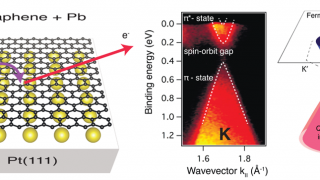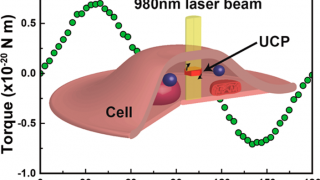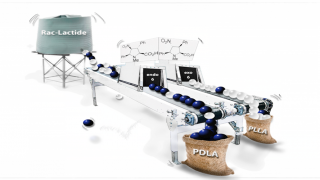
Enantioselective polymerization of a biodegradable polymer using a substituted aminoacid as a catalyst
The idea that certain natural products such as rubber are composed of giant molecules, or polymers, consisting of many repeating units linked by covalent bonds arose largely from the work of the German chemist Hermann Staudinger (1881–1965) in the early 1920s. He convinced skeptical chemists of this idea partly by linking small organic molecules (monomers) […]
